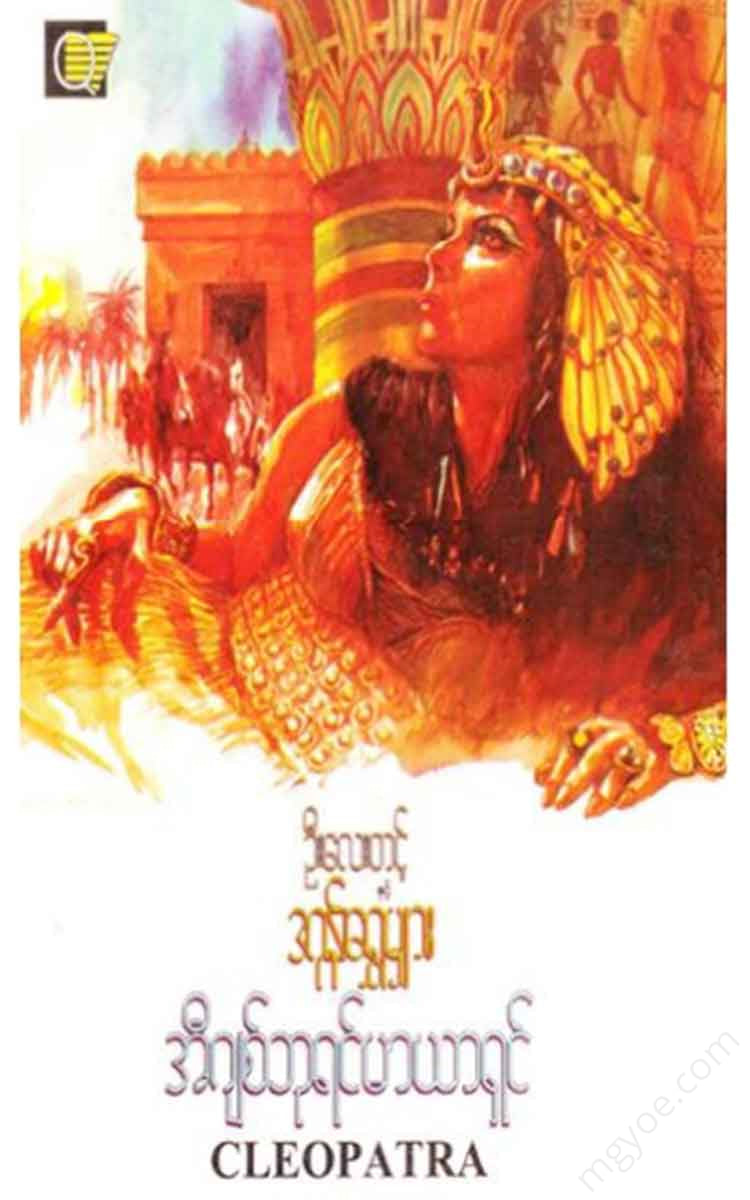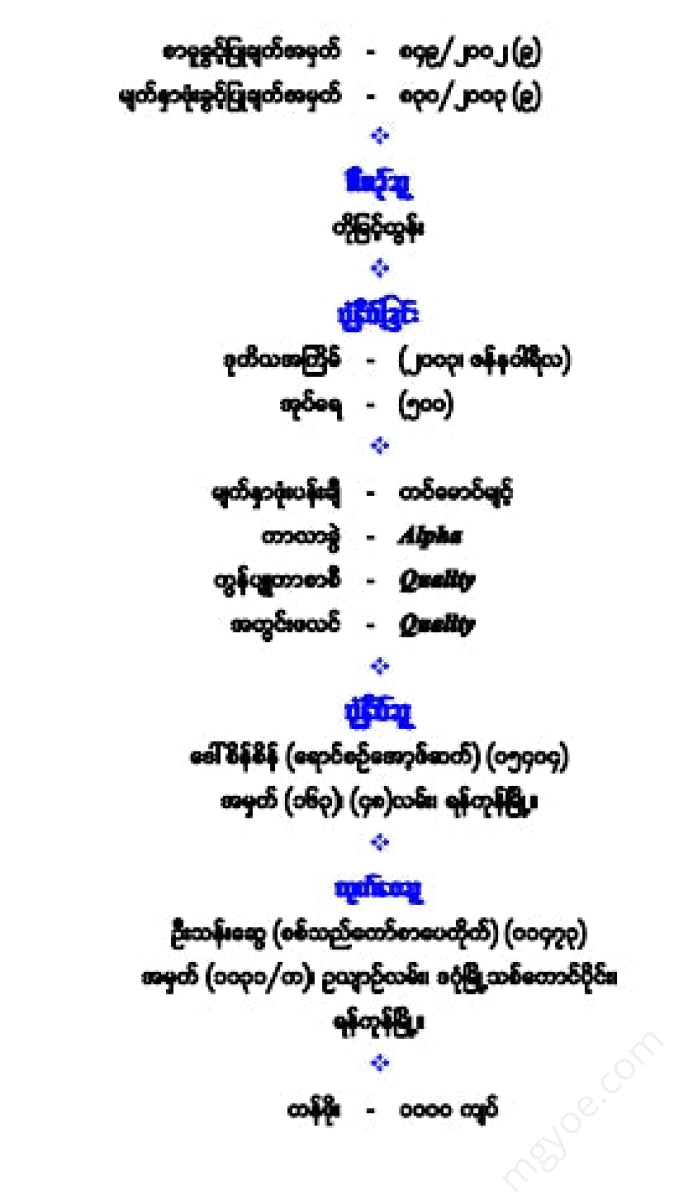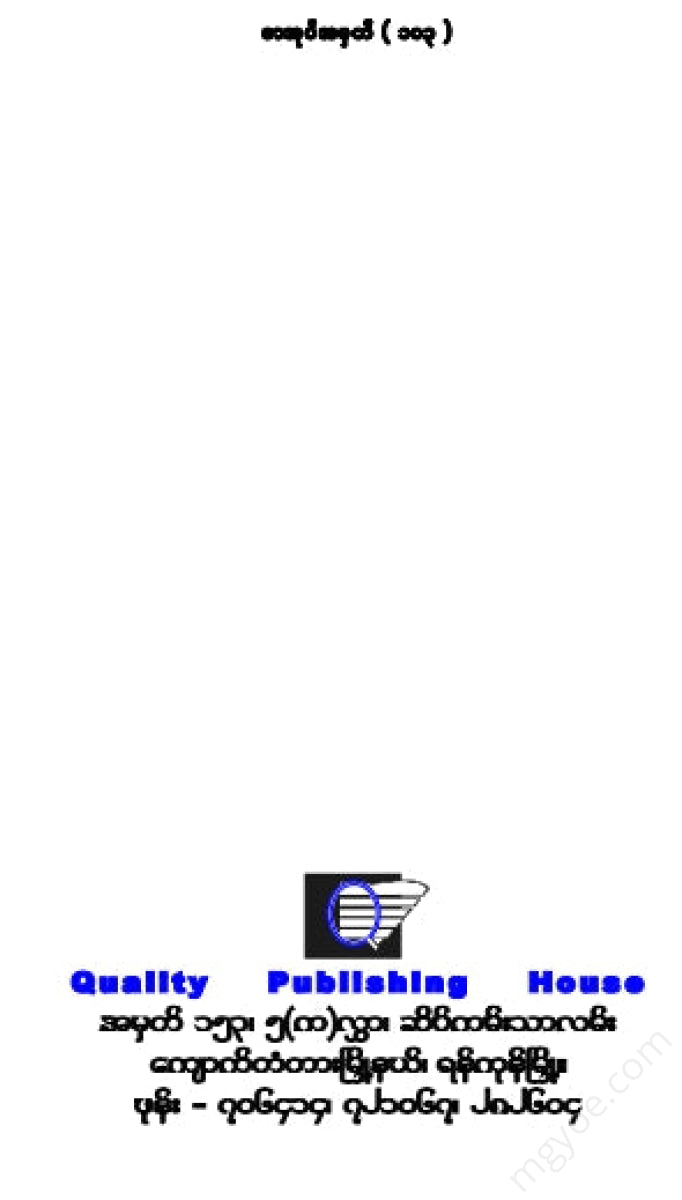Other Websites
Dagon's Golden Arrow - Egyptian King Mayashin
Dagon's Golden Arrow - Egyptian King Mayashin
Couldn't load pickup availability
3 packs of paper
One day, while I was in London, a parcel arrived by train with a letter. The parcel contained three very old and new letters, and a ring. The letter was from a doctor friend of mine who was on a trip to Egypt.
The letter states how he obtained the scrolls and that he himself had returned by ship, but that he had sent the scrolls and this letter by land in advance by train to speed up their arrival. In the first part of the letter, he had recently arrived in Egypt and received news that a stone had been found in the middle of the Libyan Mountains, behind the famous Abidab (6) temple in Egypt, in a dark, uninhabited forest. In the middle of the stone cave was a large hole that led straight down to the bottom, and at the end of the hole was a large underground burial chamber. In that chamber were found three human skulls, two of which appeared to have been broken and mutilated by the Arabs who roamed the area, but the other was still intact. It is believed that the two bodies are those of the religious leader, A Nam Yat, and his future wife, and I am very eager to go to the underground tomb where the unopened body is.
The letter, as he wrote it, is as follows.
"While I was eager to visit the place where the tomb was located, I met a fortune-teller," he said, "and after meeting the Arabs who had trespassed into the tomb, they told me everything." Then I paid the chief among them enough money to satisfy him, and they immediately went in.
So we spent the night at the "Seti" shrine and set out before dawn. The leader among them was "Ali", who had one eye that was slanted, so I jokingly called him "Ali Baba". The ring that I have just sent to my friend was also from him, and the people who followed him were also his accomplices.
About an hour after sunrise we reached the valley where the tombs were. It was very quiet there, and the sun was pouring down its heat on us, so that the large brown stones scattered here and there were so hot that we dared not touch them. The sand was so hot that we could not even walk on it, so we rode donkeys along the valley path. There was no living creature except a vulture flying in the sky and us.
As they walked, they came near a large stone that looked as if it had been polished by years of sun and natural processes.
When we got there, Ali stopped and told us that the tomb we were looking for was under that rock. We got off our donkeys, left them with a guard, and headed towards the rock.
Under the rock, they found a small hole that a person could easily enter. They saw things like ants crawling around nearby, and they were lucky enough to find the cave because it was crawling with wild dogs and ants.
Ali led the way, followed by his servant. When he got inside, it was cold enough to seep through, as if it had been cold outside, and as bright as it was outside, it was dark and pitch black inside. So we lit the candles, and when everyone was inside, I examined the situation and found that the place we were in was like a large room, carved by human hands. On the walls of the cave were carved figures in the style of the ancient Egyptians of the Ptolemaic period.
Among the images was an old man with a handsome beard and a beautiful face, sitting on a chair made of branches and flowers, holding a staff in one hand. (This old man seems to be the Archbishop "Aminam Hat"). In front of him, a procession of attendants carrying various images was seen. On the right side of the cave, we saw the entrance to the underground tomb, so we brought a pole that we had brought with us and placed it in the entrance, and tied a rope that we had made in the middle of the pole.
Then Ali took the candles, held the rope, and kicked the edges of the pit with his feet and went down into the pit. Soon after the swaying rope stopped, he saw a light from below the pit, and Ali went down smoothly and lit a candle. Soon after he saw the light, many bats from under the pit, frightened by the light, flew up in a frenzy. When it was my turn, they pulled the rope back up, and with the end of the rope around my waist, I slowly started to go down. However, until I reached the bottom, I was in a state of panic. Because if Ali's disciples who had lowered the rope from above accidentally slipped or if the rope broke, it would not be easy.
As we descended, the bats that had come up to the mouth of the pit kept hitting us in the face, and some even got stuck in my hair. After hitting the sides of the pit three or four times, I slid down smoothly and stood up next to Ali. My whole body was covered in sweat, my knees and ankles were bruised, and my hair and clothes were covered with bats. Soon, one of Ali's disciples came running down.
We were in a small room, and Ali led the way down a narrow passage about five feet low, holding a candle. We each lit our own candle and followed him. The path we had come through gradually widened until we finally reached the tomb where the heads of the dead were kept. Although it was about ninety feet underground, the room looked as if it had been carved out of the rock by human hands. However, the walls were smooth and there were no flowers, figurines, or writings. I lifted the candle and looked around the room, but it was strewn with torn clothes and torn headscarves. It was clear that the Arabs had torn apart the bodies. On the lid of one of the heads, I saw very beautiful paintings and writings, which I did not understand because I did not know Egyptian letters, but the ancient arts were worthy of admiration. Beads and fragrant bandages were spread around the two bodies.
In my opinion, the two bodies are those of a man and a woman, and the head and body of the man are separate. The head is bald, indicating that the hair was shaved after death. In appearance, the body appears to be that of a man, and although the body is disfigured by the gold plates, the dignity and beauty of the body at the time of death are still evident. The second body, which resembles a woman, is still bandaged and must have been a fairly large woman of that time. These bodies are believed to be the bodies of "Aminam Hat" and his wife.
Ali pointed out to me a very large head lying in a corner and told me in broken English that it was the one the group had not opened yet. So I went to see it. It was a very large head, made of a kind of pine with the letter “a” in it, and was larger than the others. On the headboard was a picture of Akhra, and Ali had a hammer and a chisel. We turned the head upright and immediately began to open it.
Other Egyptian heads usually had two sides of the head, but this one was particularly secure, with four small holes in the lid and body, which were inserted into the lid and body, making it particularly secure. The lid was about three inches thick, and when the lid was opened, it was not customary to cover the body with a fragrant substance that would release a foul odor from within.
When the body appeared after the embalming, even Ali was surprised. Because according to ancient Egyptian custom, other embalmed bodies were usually laid on their backs, stiff and rigid like wooden figures, with their heads turned inwards, this body was lying on its side, and even with bandages, its knees were bent.





